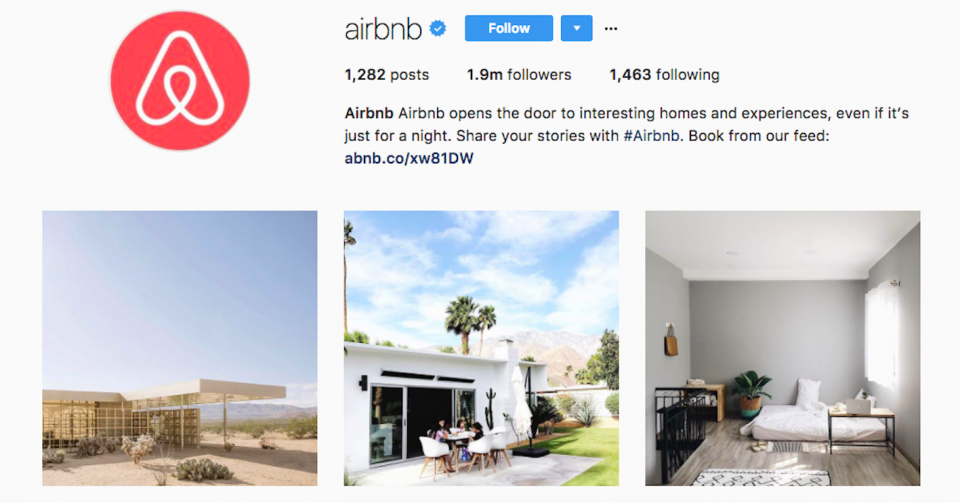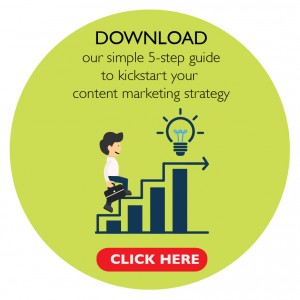Throw a stone into a sea of marketers and you’re sure to strike someone who’ll tell you that their priority for the year is lead generation, the process of attracting and converting strangers and prospects into someone who has indicated interest in your company’s product or service. With digital media bringing greater transparency to metrics, marketers are increasingly held to KPIs that have more impact on sales – namely, the number of qualified leads that can be handed over to the sales team.
How does lead generation work?
Lead generation can be achieved through a mix of inbound and outbound marketing tactics. Inbound marketing focuses on creating relevant content, such as SEO-friendly websites, the ubiquitous white paper, and ebooks or webinars, to “pull” the target audience towards the brand. These content assets are often gated online so users must fill in their contact details in exchange for the information they’re interested in. The contacts are then exported by marketers as leads for the sales team to follow up with.
White paper is evergreen. Source: LinkedIn
Outbound marketing, on the other hand, involves “pushing” messages out to the target audience regardless of whether they’ve indicated prior interest in the brand. These include methods such as cold calls, direct mail, events, prospecting emails and display advertising.
The most effective lead generation strategies nowadays put the customer’s needs at the centre of all marketing activity, and use a mix of inbound and outbound tactics at different stages of the customer journey to encourage greater interactions with a brand.
However, before you jump onto the bandwagon and spend a significant cut of your marketing budget on the latest marketing automation platform for lead generation, ask yourself this very pertinent question: is lead generation the right marketing strategy for your organisation?
It may seem like the answer is always yes, but in certain cases the answer is actually no.
How do I know if lead generation is right for my business?
It all comes down to how a business acquires customers. If the customer journey is slow and convoluted, with much consideration (e.g., booking a holiday or buying a car) or approval from multiple decision-makers required (e.g., a business looking for new software) before a purchase, a lead generation model could be suitable. Engaging with customers through lead generation strategies can increase trust and familiarity with the brand, encouraging them to proceed to the next stage of the customer journey. But, if a business is focused on making quick sales, an e-commerce model that revolves around a seamless user experience could be more effective for customer acquisition.
Even if lead generation is a suitable strategy based on business model, it is crucial to consider if it is the right strategy right now. Perhaps for a fresh start-up, more resources should be allocated to building brand awareness. Or, for a more mature business, maybe a recent issue means more effort should be placed on crisis communications and managing brand perception. Organisations experience peaks and valleys as they mature, and marketing methods have to change accordingly to be aligned with business priorities.
Now, if you have determined that lead generation is the way to go for your business, here are four pro tips to help you launch a successful lead generation initiative.
Know the answers to these questions before launch:
-
-
- Who are your potential customers?: This forms the target audience for the campaign.
- What do your customers value?: This helps identify relevant content that a brand can offer to foster customer engagement.
- How will you measure success?: Using consistent metrics across similar lead generation campaigns allows for benchmarking and comparison.
-
Qualify leads generated after launch
Once a campaign ends, it is imperative to follow through with, or “qualify”, the leads gathered. Leads can be qualified through lead scoring – a system that totals up “points” to determine how close a potential customer is to making a purchase – to ensure prospects meet the criteria necessary to be considered more likely to become customers.
Establish rapport between sales and marketing
Sales and marketing alignment is a challenge for many companies – and with the potential for 36% higher customer retention and 38% higher sales win rates when sales and marketing teams cooperate, teamwork cannot be ignored. To generate higher revenue, marketers should work alongside salespeople to establish open communication channels, gain an in-depth understanding of the sales team’s needs, and provide targeted marketing collateral and qualified leads for sales to be able to contact speedily.
Measurement
With the emphasis on transparency and accountability, reporting is an essential part of any marketing campaign. Numbers speak louder than words – use the metrics identified before the campaign was launched to evaluate performance. Positive results can help marketing teams gain senior management buy-in for bigger marketing budgets in future.
Active lead generation initiatives empower brands to grow and scale, driving today’s performance and tomorrow’s progress. Just be sure to consider if it is the right strategy for your business right now.
Having trouble getting quality leads? We can help at [email protected]



